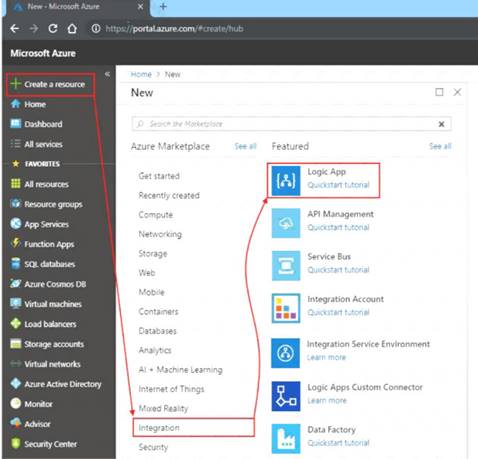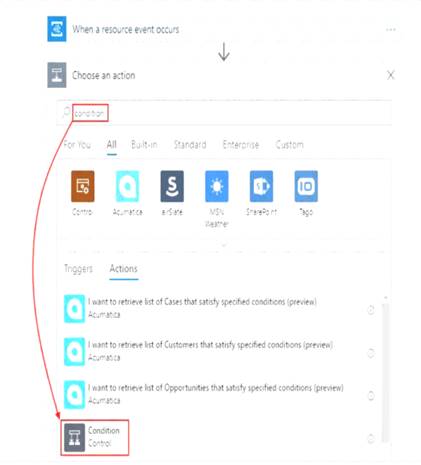- (Exam Topic 6)
Note: This question is part of a series of questions that present the same scenario. Each question in the series contains a unique solution that might meet the stated goals. Some question sets might have more than one correct solution, while others might not have a correct solution.
After you answer a question in this section, you will NOT be able to return to it. As a result, these questions will not appear in the review screen.
You have an Azure web app named App1. App1 runs in an Azure App Service plan named Plan1. Plan1 is associated to the Free pricing tier.
You discover that App1 stops each day after running continuously for 60 minutes. You need to ensure that App1 can run continuously for the entire day.
Solution: You add a continuous WebJob to App1. Does this meet the goal?
Correct Answer:B
A web app can time out after 20 minutes of inactivity. Only requests to the actual web app reset the timer. Viewing the app's configuration in the Azure portal or making requests to the advanced tools site (https://<app_name>.scm.azurewebsites.net) don't reset the timer. If your app runs continuous or scheduled (Timer trigger) WebJobs, enable Always On to ensure that the WebJobs run reliably. This feature is availabl only in the Basic, Standard, and Premium pricing tiers.
The app service plan mentioned in the question is associated to the free tier , so addition of a continuous WebJob to App1 is not possible. So the proposed solution won't meet the goal.
Reference :
https://docs.microsoft.com/en-us/azure/app-service/webjobs-create
- (Exam Topic 5)
You have an Azure virtual machine that runs Windows Server 2019 and has the following configurations:  Name: VM1
Name: VM1 Location: West US
Location: West US Connected to: VNET1
Connected to: VNET1 Private IP address: 10.1.0.4
Private IP address: 10.1.0.4 Public IP address: 52.186.85.63
Public IP address: 52.186.85.63 DNS suffix in Windows Server: Adatum.com
DNS suffix in Windows Server: Adatum.com
You create the Azure DNS zones shown in the following table.
You need to identify which DNS zones you can link to VNET1 and the DNS zones to which VM1 can automatically register.
Which zones should you identify? To answer, select the appropriate options in the answer area.
Solution:
Reference:
https://docs.microsoft.com/en-us/azure/dns/private-dns-overview
Does this meet the goal?
Correct Answer:A
- (Exam Topic 6)
You have an Azure subscription that contains the following resources:
• a virtual network named VNet1
• a replication policy named ReplPolicy1
• a Recovery Services vault named Vault1
• an Azure Storage account named Storage1
You have an Amazon Web Services (AWS) EC2 virtual machine named VM1 that runs Windows Server You need to migrate VM1 to VNet1 by using Azure Site Recovery.
Which three actions should you perform in sequence? To answer, move the appropriate actions from the list of actions to the answer area and arrange them in the correct order.
Solution:
Step 1: Deploy an EC2 virtual machine as a configuration server Prepare source include: Use an EC2 instance that's running Windows Server 2012 R2 to create a configuration server and register it with your recovery vault.
Use an EC2 instance that's running Windows Server 2012 R2 to create a configuration server and register it with your recovery vault. Configure the proxy on the EC2 instance VM you're using as the configuration server so that it can access the service URLs.
Configure the proxy on the EC2 instance VM you're using as the configuration server so that it can access the service URLs.
Step 2: Install Azure Site Recovery Unified Setup.
Download Microsoft Azure Site Recovery Unified Setup. You can download it to your local machine and then copy it to the VM you're using as the configuration server.
Step 3: Enable replication for VM1.
Enable replication for each VM that you want to migrate. When replication is enabled, Site Recovery automatically installs the Mobility service.
References:
https://docs.microsoft.com/en-us/azure/site-recovery/migrate-tutorial-aws-azure
Does this meet the goal?
Correct Answer:A
- (Exam Topic 6)
You are configuring serverless computing in Azure.
You need to receive an email message whenever a resource is created in or deleted from a resource group. Which three actions should you perform in sequence? To answer, move the appropriate actions from the list of actions to the answer area and arrange them in the correct order.
Solution:
References:
https://docs.microsoft.com/en-us/azure/event-grid/monitor-virtual-machine-changes-event-grid-logic-app Action 1: Create an Azure Logic App
Action 2: Create an Azure Event Grid Trigger
Action 3: Create conditions and actions
References:
https://docs.microsoft.com/en-us/azure/event-grid/monitor-virtual-machine-changes-event-grid-logic-app
Does this meet the goal?
Correct Answer:A
- (Exam Topic 4)
You create an Azure VM named VM1 that runs Windows Server 2019. VM1 is configured as shown in the exhibit. (Click the Exhibit button.)
You need to enable Desired State Configuration for VM1. What should you do first?
Correct Answer:B
Status is Stopped (Deallocated).
The DSC extension for Windows requires that the target virtual machine is able to communicate with Azure. The VM needs to be started.
References:
https://docs.microsoft.com/en-us/azure/virtual-machines/extensions/dsc-windows